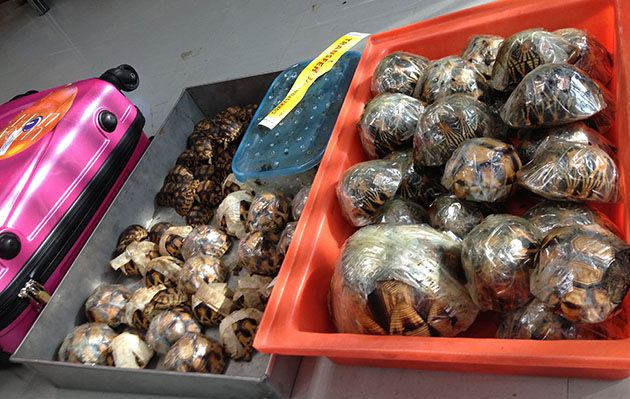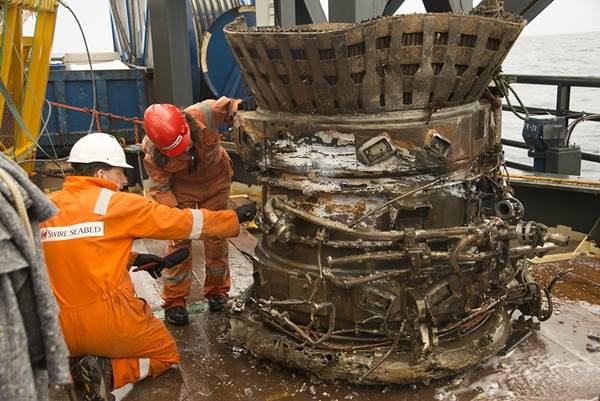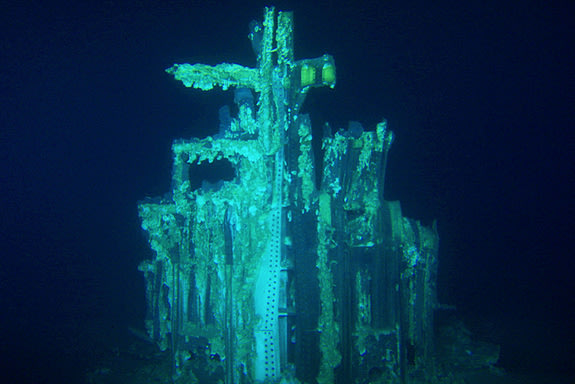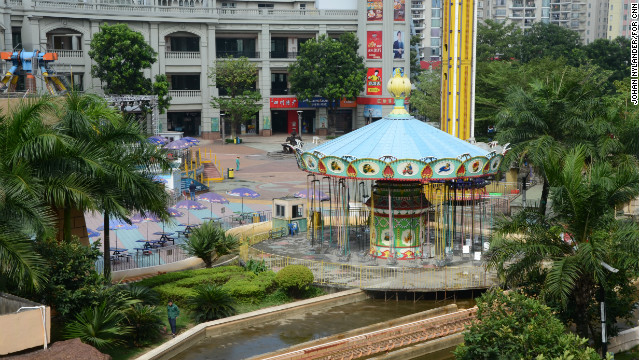Fierce brawl starts at Canada's 10-3 win over Mexico

A little bunt single turned this WBC matchup into a World Boxing Classic.
Alfredo Aceves
and several players threw nasty punches when a fierce, full-scale brawl
broke out in the ninth inning Saturday of Canada's 10-3 romp over
Mexico in the World Baseball Classic, a melee that also involved fans
and set off skirmishes in the seats.
''Whoever says that we're just
here as an extra spring training game or we're just here to say we
represented our country and then go home obviously didn't see how
intense that game was and what it means to everybody that was
involved,'' Canadian slugger Justin Morneau said.
Multiple fights erupted after Canada's Rene Tosoni
was hit in the back by a pitch from Arnold Leon with the score 9-3 at
Chase Field, home of the Arizona Diamondbacks. It quickly turned into a
wild scene, as chaotic as any on a major league field in recent years.
Even when the fisticuffs ended, Canadian pitching coach Denis Boucher
was hit in the face by a full water bottle thrown from the crowd.
Canada shortstop Cale Iorg angrily threw the bottle back into the crowd.
Several police officers came onto the field trying to restore order,
and there were a few skirmishes in the decidedly pro-Mexico crowd of
19,581. Seven players were ejected after umpires huddled, trying to sort
out the frenzy.
Canadian first base coach Larry Walker, a former NL MVP, said he held back Mexico star Adrian Gonzalez during the altercation. The solidly built Walker also tried to restrain Aceves.
''I had a hold of him and I thought I saw Satan in his eyes,'' Walker said.
There had already been several borderline plays on the bases when
things got out of hand. A bunt hit by Chris Robinson heightened the
tension - a WBC tiebreaker relies heavily on runs and the Canadians
wanted to score again in the ninth. Third baseman Luis Cruz fielded
Robinson's bunt and seemed to tell Leon to hit the next batter.
Managers from both teams blamed the tiebreaking rule that uses run
differential to determine what team moves on to the next round.
''It was just simply a misunderstanding,'' Mexico manager Rick
Renteria said. ''In a normal setting, a normal professional setting I
should say, a 9-3 bunt in that particular fashion would be kind of out
of the ordinary.''
Right as the game resumed, someone in the crowd hurled a baseball that almost hit Walker in the head.
''That's when I went out to the umpire and I said, 'Another thing
comes out, we're going to pull our team off the field,'' Canadian
manager Ernie Whitt said.
The collision of WBC rules and the unwritten rules of the game led to the blowup, Renteria said.
''I think in just in the heat of the moment you lose sight of it,'' he said, ''and maybe that's how it occurred.''
Whitt said WBC officials need to look at the tiebreaking rule.
''There's got to be another method other than the scoring runs,
running up the score on the opposing team,'' he said. ''No one likes
that. That's not the way baseball's supposed to be played. There's
professionalism that we're all accustomed to here in North America. And
unfortunately teams are knocked out of the tournament because other
teams run up the score on them. Unfortunately that's what you have to
deal with when you have that type of format.''
Morneau, Gonzalez and Joey Votto were among the big-name,
high-priced stars playing in the game. The fight was exactly the kind of
thing that must have made major league managers and general managers
cringe at the thought of one of their players getting hurt in such a
fracas.
''There's a point you got to stand up for yourself,'' said Morneau, a
former MVP with the Minnesota Twins. ''We got hit for playing the game,
and that happens, but at the same time you got to stand up for
yourself. You can't just get pushed around.''
''Obviously everyone wishes it didn't happen, but it happens in the
game sometimes,'' he said. '' I think we have all learned from being in
the minor leagues that, especially in low-A ball, high-A ball, those
things get real crazy. There's not as much security. It starts to get
out of control pretty bad, and I think you learn from that, you learn to
keep your head on a swivel.''
Aceves was among four Mexican players thrown out - the angry Boston
reliever was tossed to the ground by Philadelphia minor league
outfielder Tyson Gillies during the height of the fury, then rushed to
rejoin the fray.
''I did it see it on video. I saw it afterward. I saw the
altercation, yes,'' Red Sox manager John Farrell said after Saturday
night's exhibition game against Baltimore in Fort Myers, Fla. ''I think
we all hope our players don't get injured when they go off to a
tournament , especially in that type of melee.''
As for Aceves, ''it looks like he came out of it OK, with the
exception of a couple of welts on his head,'' Farrell said. ''We had a
message from their trainer that he came out of it OK despite taking a
couple of left hooks to the head.''
Also ejected were Leon, Oliver Perez and Eduardo Arredondo of Mexico
and Tosoni, Pete Orr and Jay Johnson of Canada. A statement from
organizers said tape of the incident would be reviewed for possible
disciplinary action.
All in all, it was far from the worldwide goodwill that is supposed
to accompany this competition, where players exchange team hats with
opponents before the start of each game as a sign of sportsmanship.
A day earlier on the same field, Mexico posted an emotional 5-2 over
the United States in a game without incident. Canada, meanwhile,
absorbed an embarrassing 14-4 loss to Italy.
Mexico finished its Pool D play at 1-2. Canada is 1-1 going into a game Sunday against the United States.
Whitt said he hoped any decision on suspensions would take into
account that Mexico has finished its pool play, while Canada has a big
game remaining.
Canada scored four times in the first inning, and Mexico cut the lead to 4-3 with two runs in the fourth.
Karim Garcia, Edgar Gonzalez and pinch hitter Sebastian Valle started
the inning with singles. Garcia tried to score from second on Valle's
single and was thrown out from center field by Gillies.
Robinson, the catcher, held on to the ball in a collision with Garcia
down the third-base line. Garcia never did touch the plate.
Gil Velazquez followed with an RBI double and Arrendondo's sacrifice fly cut Canada's lead to one.
Robinson's hard slide into second broke up a potential double play
and allowed a run to score in a two-run seventh inning that put the
Canadians ahead 7-3.
Morneau, who had four hits and drove in three runs, doubled in a run,
then Michael Saunders walked and Robinson was hit in the foot by a
pitch. With one out, pinch hitter Jimmy Van Ostrand grounded to second.
But Robinson took the legs out from Velazquez at shortstop to prevent the relay throw and a run scored.
'''We want to play the game hard. We want to play it properly. You
get an opportunity to help a team, help your teammates, by breaking up a
double play or something, that's something we do,'' Robinson said.
All that led up to the ninth, with Mexico trailing badly and facing
possible elimination despite the big win over the United States.
Robinson bunted because Canada wanted to widen the margin.
Two pitches came close to Tosoni and the next one hit him in the back. He dropped the bat and walked toward the mound.
When the players all rushed onto the field. Some just shoved, other
threw wild haymakers. And just when it seemed things would calm down,
more skirmishes ensued.
When the bottle was thrown from behind the Canadian dugout, one Canada player had to be restrained from going into the stands.
No player seemed to be hurt.
''I know the bodies kept moving everywhere but there was a lot more
people holding people back than there was real action going on,''
Renteria said, ''as is always the case.''
As for his team, Whitt said, ''You can't hurt Canadians.''
























